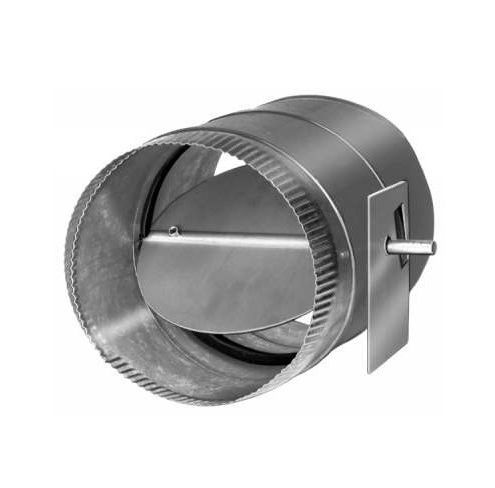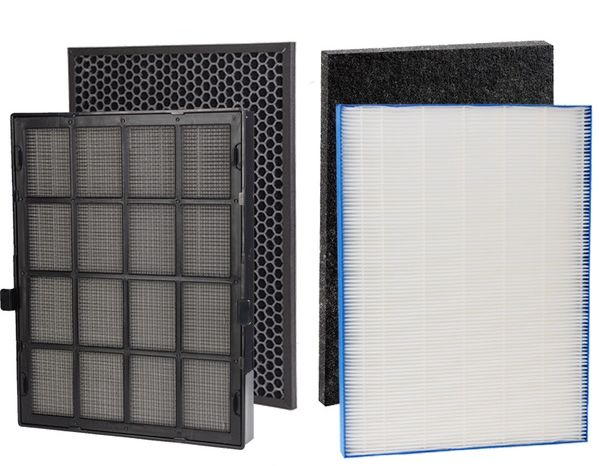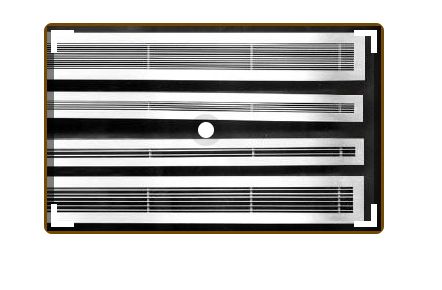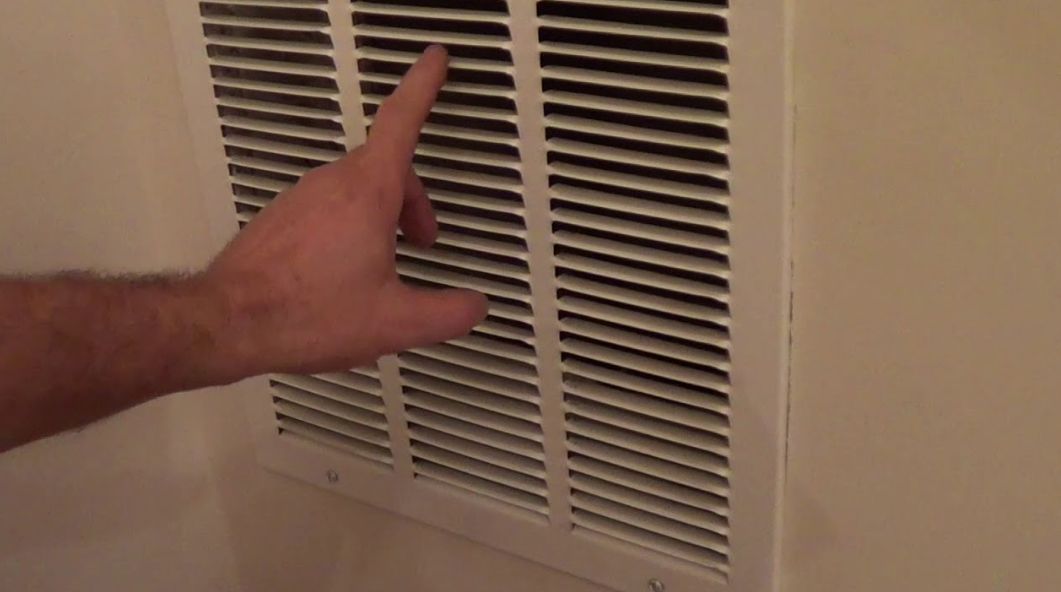Contents
Imagine that you are all alone in a nice warm afternoon and have all the time in the world. So, what do you do in such wonderful weather? Take some coffee, tea and open up the book you have wanting to read all the time. But, as soon as you open the first page of the book, something uncertain and unwanted thing happens; your Air Conditioner starts to make various irritating noises and those sounds will definitely ruin your entire picture-perfect day. Don’t panic as you simply need to know how to reduce noise from return air?
Now, once the loud noises started to come out, you will not be able to listen to the soothing and calming music and even if you manage to put in a little amount of your efforts to actually read the book, you will have to worry about the doorbell and stay alert so that you do not miss any of the guests. Apart from this, due to those unwanted noises, your entire quiet afternoon will come to a halt since you will have to take care of most of the chores, which were either have been taken care of if the air condition was completely okay.
What are the causes of unwanted air condition noises?
Everything was absolutely alright until the air conditioning system came up with a splurge of problems. Presently those loud air channels are encroaching upon your isolation. Channels don’t make a lot of sound disturbances all alone; the air travelling through them makes clamour, and an assortment of variables can make air development more or less disturbing.
How to reduce noise from return air
Before getting into the stray pieces of ventilation work and commotion levels, how about we consider a couple of sounds controlling ideas. In the event that the air travelling through your house makes a great deal of noise and sound, the principal things to keep an eye on are:

Step 1: Shut vent dampers
One shut damper most likely won’t have a lot of effects, however shutting a few vent dampers on the double may make your framework noisier. Shutting supply vents really puts undue weight on your air condition compressors and various other parts. Hence, it is a very good technique to keep them all open, noisy or no noisy.
Step 2: Loosened or bowed flex channels
If adaptable ventilation work isn’t introduced appropriately, it may droop or sag. Those hangs and twists can make it harder for your framework to move air, which can build static weight and make extremely disturbing noises.
Step 3: Dirty air channels or conduits
Over time, residuals and a thick layer of dust develop on your air channels, air filters and within your pipes, which makes it difficult for your hardware to move air. It can likewise make the framework noisier. The arrangement is to clean or supplant your channel routinely and have your conduits cleaned, if they have not been for a very long time or if they begin to hinder wind current.

Noises due to Static Weight of your Air Condition Plant
Each system has a few, yet numerous systems have excessively. At the point when static weight is excessively high, it implies your conduits can’t enough suit the volume of air that your hardware is attempting to travel through them.
High static weight is a typical issue. While each house is extraordinary and requires a one of a kind fix, here are the common fixes for air noise coming about because of “high static:”
Step 1: Change the fan speed
Your blower or heater fan ought to be set to convey the best possible wind stream per ton. In principle, your HVAC installer designed it appropriately during establishment. As a general rule, not all establishments are flawless and numerous fans are set at too high a speed. It’s regularly conceivable to choose a lower fan speed, which will diminish static pressure just as air noise. This fix possibly works when the fan speed was excessively high in any case. Decreasing the speed when the framework was appropriately set up could bring about an absence of wind stream all through your home.
Step 2: Include ventilation work
Some of the time, gear is measured appropriately, however, pipes are too little to even think about accommodating the volume of air. At the point when this is the situation – and it’s a typical issue! – expanding ventilation work can diminish static weight and make your framework calmer. We, as a rule, introduce bigger conduits in the open territory around your blower or heater and can frequently extend the size of your arrival and supply plenums.
Step 3: Include a return manifold
In the event that you include different zones inside a solitary framework, it’s occasionally conceivable to include a detour channel that calms pressure inside the framework and lessens noises.
Step 4: Include grilles and registers
We would say, most homes need more return air. Including new returns or expanding the size of a current grille is one approach to diminish static weight and help your framework move air. It can eliminate sounds, as well. Whenever the situation allows (and when it bodes well), we can likewise tie new supply registers into your ventilation work or expand the size of existing stockpile registers.

Step 5: Modify existing registers and grilles with high-speed models
Now and again, the kind of registers and grilles you have are at fault for the uproarious air commotion. Changing them out for “high speed” options can permit more wind stream and lower static pressure.
How to lessen commotion from return air?
Here’s another circumstance where framework foundation makes it difficult to eliminate sounds; installations with a solitary, focal return. You see these in littler homes, similar to apartment suites.
In these homes, developers in some cases introduce a heater or air handler directly on the arrival plenum, which is ducted to the focal return or, sometimes, a gap in the divider with a grille on the opposite side. Indeed, even with variable speed gear, it very well may be difficult to calm these frameworks since the blower engine is in that spot and there’s insignificant space for extra ventilation work.
The issue has to do with space and structure. On the off chance that there’s sufficient space to include ventilation work or revise the framework segments, that can help with commotion. Other space/structure issues incorporate an air handler introduced simply behind a room divider or a heater that wasn’t introduced on elastic cushions.

Hi music fan! I am Jeff. Hope that you enjoy some stuff I shared here in my personal blog.
About myself, Currently I am in charging as Artist Manager/Music Supervisor at 72 Music Management. I did managed album to Grammy Award in 2017 with 7 Nominations from 2014-2020 and had the opportunities to work with : A.J. Croce, Blind Boys of Alabama, Bobby Rush, Dom Flemons, Dustbowl Revival, Sarah Grace
Governor of the Memphis Chapter of The Recording Academy is one of a award that I am lucky to achieved.
